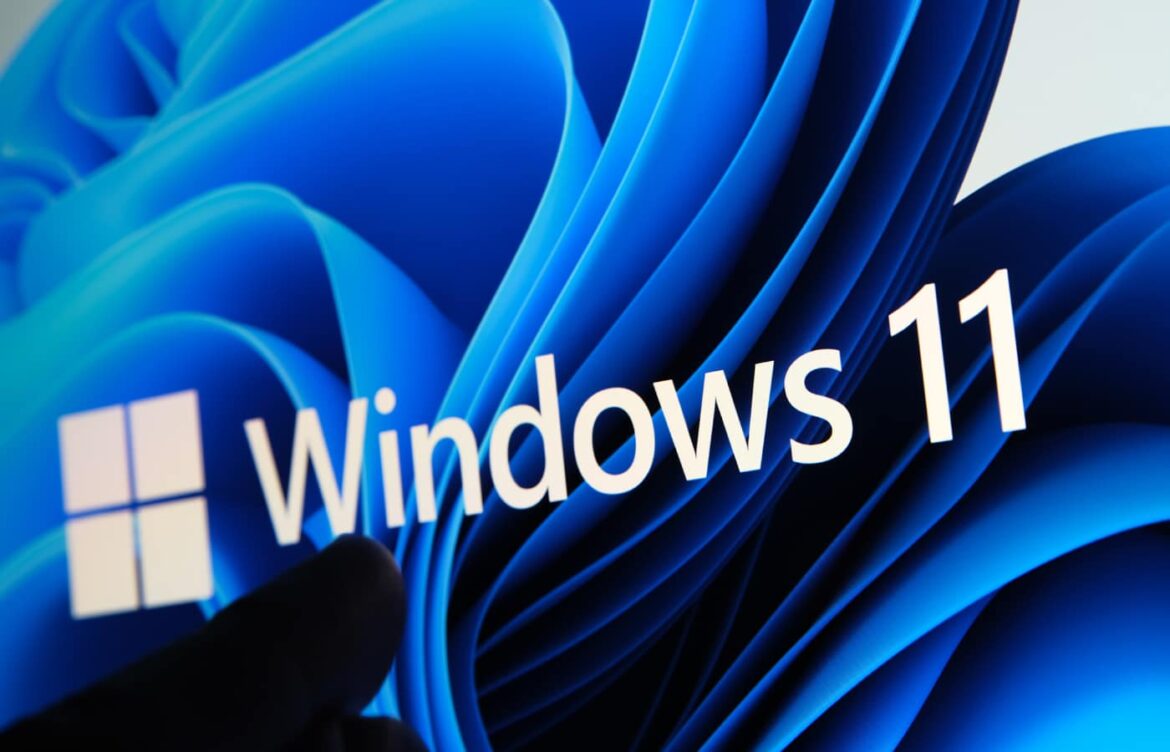As with Windows 10, you can also enable or disable hibernation in Windows 11. We show you how to do this in this practical tip.
Enable and disable hibernation in Windows 11
You can find the option for hibernation mode in the Windows 11 settings.
- Open the settings and navigate to “System” ☻ “Power & Battery” ☻ ‘Screen’ ☻ “Hibernation.”
- Tip: You can also easily start Settings in Windows 11 by pressing the key combination [Windows] + [I].
- Next to the “Hibernate” option, select the time after which the device should go into hibernation when you are not working on it.
- If you want to adjust the hibernation settings later or disable them completely, follow the same steps in the settings.
- You can extend or shorten the time period at any time. To disable hibernation completely, select “Never” from the options provided.
Enable or disable hibernation via the Control Panel
The steps described below ensure that hibernation is fully enabled in Windows 11, displayed in the power menu, and usable. If the option is not visible, it is usually because hibernation has not been enabled via the power options or the hibernation file is missing.
- Enable/disable hibernation via the Control Panel and display it in the menu: Open the Control Panel. Enter “Control Panel” in the search field in the Start menu and open it, or press Windows + R, type control and confirm with Enter. Select Power Options. If you see the category view, switch to Large icons or Small icons in the upper right corner so that you can find Power Options directly as an icon.
- Click on Choose what happens when the power buttons are pressed in the left menu. Click on the link Some settings are currently unavailable at the top if the options are grayed out. You need administrator rights to change these. Scroll down to Shutdown settings and check Show the last place I used. Click Save changes.
- Use hibernation in the power menu: After activation, the Hibernate option will appear in the Start menu under Power: Open the Start menu. Click on the Power button. Select Hibernate to put the PC into hibernation mode.
- Alternatively, enable or disable hibernation via the command prompt: Open the Run window with Windows + R, type cmd, hold down Ctrl + Shift and confirm with Enter to open the command prompt as administrator. Enter the following command to enable hibernation: powercfg /hibernate on
- To disable hibernation mode, use powercfg /hibernate off. Close the command prompt. If hibernation mode is enabled, you can also select and start it on the desktop using the Alt + F4 key combination.
Troubleshooting tips
The steps below address the most common causes of hibernation not working or not appearing in Windows 11 and will help you resolve the issue. If the problem persists, further diagnostic steps may be necessary or a BIOS update may be considered. Here are some helpful troubleshooting tips if hibernation does not work or is not displayed in Windows 11:
- Enable hibernation: Open the Control Panel and go to Power Options. Click on “Choose what happens when you press the power buttons.” Click on “Some settings are currently unavailable” to unlock additional options. Check the box next to “Hibernate” if this option is not displayed. Save the changes.
- Check power plan settings: Open Settings, then “System” ☻ “Power & battery” ☻ “Screen and power saving mode”. Make sure that an appropriate time is set under “When plugged in, put my device to sleep after” (not “Never”). Also check the advanced power settings in the power plan (via Control Panel ☻ Power Options ☻ “Change plan settings” ☻ “Change advanced power settings”). If necessary, disable hybrid sleep modes and wake-up timers.
- Run troubleshooting for power problems: In Windows Settings, go to “System” ☻ ‘Troubleshoot’ ☻ “Other troubleshooters” and run the troubleshooter for “Power options.”
- Disable Fast Startup: Fast Startup can cause problems with hibernation. Open Power Options (powercfg.cpl), then “Choose what happens when you press the power buttons.” Disable “Turn on fast startup” and save your settings.
- Update drivers and Windows updates: Make sure all device drivers, especially graphics and chipset drivers, are up to date. Check Windows Update for available updates and install them.
- Check hibernation manually via PowerShell: Open PowerShell as an administrator and enter powercfg /a. This command shows which power saving states are available on your system and whether hibernation is enabled. If hibernation is disabled, you can enable it with powercfg /hibernate on.
- Check devices for wake-up: Open Device Manager. Under the categories “Keyboard” and “Mice and other pointing devices,” you can select whether these devices are allowed to wake the PC from hibernation in the device properties under “Power management.”

